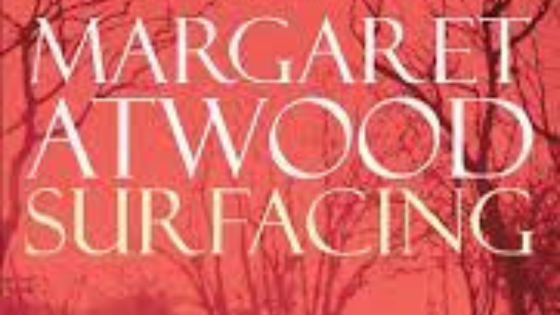In the novel Surfacing by Margaret Atwood, two narrative innovations are worth particular mention: Atwood’s unreliable narrator and her use of poetry in a work of prose fiction. Most of Atwood’s first-person narratives are characterized by a particular kind of unreliable narrator: one who seems to be a wonderfully reliable observer of details but who is also remarkably unreliable in her interpretation of details and events. Often called “flawed perceivers,” these unreliable narrators appear in a number of well-known works of the twentieth century that aim to give readers a glimpse into the characters’ thoughts (especially those by such Modernist writers as Ford Madox Ford, Henry James, James Joyce, and Virginia Woolf). What characterizes Atwood’s unreliable narrators, however, is the way they seem, at first glance, to be entirely reliable. Only after we are lured into trusting them do we start to see the signs of their duplicity. The Surfacer, who we follow into a kind of nervous breakdown, is an excellent example.
The second narrative innovation is peculiar to this novel. At a certain moment in the Surfacer’s breakdown, Atwood faces the dilemma of how to represent a woman who has abandoned language (as one of the trappings of civilization) in a novel that is written in the language. She opts to slip from standardized prose and punctuation into lines of poetry, which themselves flow back to prose. Consequently, in chapter 25, just after the Surfacer has seen a vision of her father, the novel’s lines shorten and become end-stopped, like the ragged-right-edged lines of poetry, before retiring into the long lines of prose. In a section, set apart from the rest of the chapter, the Surfacer pauses to notice a fish jump. But what at first appears to be a real fish jumping, then a “wooden fish,” and later on “antlered fish thing” or “protective spirit,” perhaps even the version of her father, before returning to the original (187). Consequently, the narrative’s movement from prose to poetry and back to prose follows the fish’s transformation from concrete reality and back again.
Also read: Summary of King Horn, a Middle English verse romance.

Leave a Reply